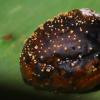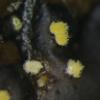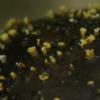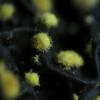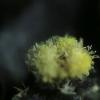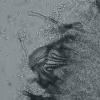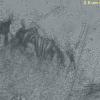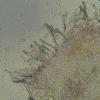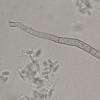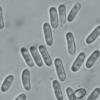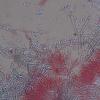
09-01-2026 17:41
Arnold BüschlenHallo, F. dilatata wird von vielen Bryoparasiten

10-01-2026 20:00
Tom SchrierHi all,We found picnidia on Protoparmeliopsis mur

07-01-2026 22:22
 Danny Newman
Danny Newman
Tatraea sp. on indet. hardwood The Swag, Great Sm

10-01-2026 01:18
 Danny Newman
Danny Newman
cf. Neovaginatispora fuckelii on indet. shrub Pre

07-01-2026 10:24
 Danny Newman
Danny Newman
Pezicula sp. on indet. hardwood Appalachian Highl

09-01-2026 10:08
 Blasco Rafael
Blasco Rafael
Hola, en el mismo habitat que la anteriorRetamaDia

08-01-2026 21:22
 Blasco Rafael
Blasco Rafael
Hola, He recogido esta muestra de Orbilia sobre Re

07-01-2026 17:29
 Marc Detollenaere
Marc Detollenaere
Dear Forum,On a barkless Populus I found some smal

10-11-2021 17:33
 Riet van Oosten
Riet van Oosten
Add-on topic http://www.ascofrance.com/forum/7059

07-01-2026 10:05
 Danny Newman
Danny Newman
cf. Chaetospermum on XylariaCosby Campground, Grea
 Hi, I found an interesting ascomycete on the skin of an olive fruit lying on humid ground. According to my interpretation there is a core of profusely branched, yellow, pennillate conidiophores (phialides, etc) overtoped by distinct, broad, cylindrical, septate, very curved paraphysis with the last elemnt slightly swollen. Conidia cylindrical with rounded heads . Some interesting features:
Hi, I found an interesting ascomycete on the skin of an olive fruit lying on humid ground. According to my interpretation there is a core of profusely branched, yellow, pennillate conidiophores (phialides, etc) overtoped by distinct, broad, cylindrical, septate, very curved paraphysis with the last elemnt slightly swollen. Conidia cylindrical with rounded heads . Some interesting features: 1. Large amounts of conidiospores measuring (6)7-8(9) x 2-3 um, cylindrical and slightly curved with rounded ends
2. Numerous snake-like (curved) paraphyses, 2-3 septate, clavate with very rough (densely verrucose) walls
3. Dense and x2 (or more) branched penicillate conidiophores that are much shorter from the paraphyses
4. Structural cells with deep yellow pigment, more or less subsphericall
These fruiting bodies are erupting from the fruit's pulp (not superficial)
Spores' size:
(6.1) 6.8 - 8.5 (9.1) × (2.2) 2.3 - 2.8 (2.9) µm
Q = (2.2) 2.5 - 3.5 (3.9) ; N=27
V = (18) 21 - 33 (38) µm3
Me = 7.7 × 2.5 µm ; Qe = 3 ; Ve = 26 µm3
My first thought is Actinostilbe sp.
Mirek

https://grzyby-pk.pl/gat_a/gat_actinostilbe_20200830.php
it is the same one , cant find anything different between the two!!!
But why just Actinostilbe sp. ? There are a lot of spp. ? Anyway you gave me the right track - I take over to do some research on the genus
THANK YOU
Stephen.
"SP" because it is an indescribable species and unfortunately it will probably remain nameless for a long time. Christian examined him and was going to publish, but fate did not allow him :(
Regards
Mirek

We keep in touch Mirek !

I managed to get a pure colony and sequence this fungus and the results where Sarcopodium vanillae - 99.39% Sarcopodium vanillae MK685870
Should I assign this finding to this species or maybe it is not convincing (morphology matches ?)
Paper mentioning this collection with details on the anamorph and sexual state
https://www.researchgate.net/publication/338936119_First_sexual_morph_record_of_Sarcopodium_vanillae#fullTextFileContent
I wonder what are your thoughts (overall it matches)
